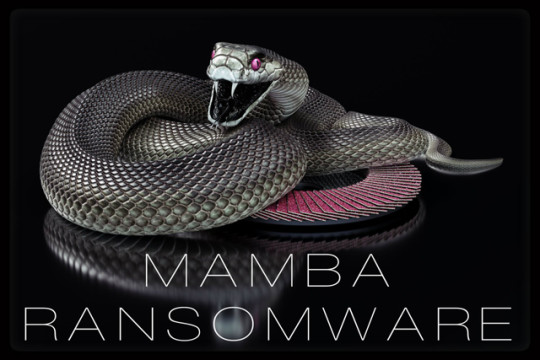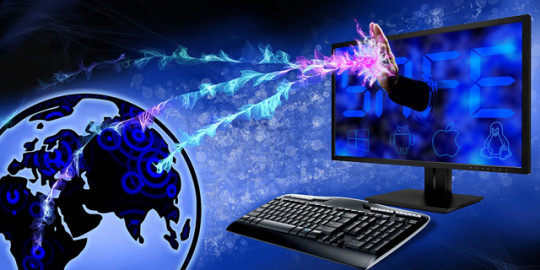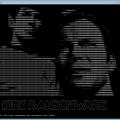We’re all aware that ransomware can hit you financially, but ransomware is now changing its modus operandi for causing chaos and becoming more dangerous.
The Mamba ransomware first appeared in September 2016 and, rather than just scrambling certain file extensions, it scrambles every single disk sector on your hard drive. And in layman’s terms this means that your whole PC will be next to useless. However, whilst ransomware usually offers you a way out of this mess through a ransom payment, this is where Mamba differs.
In recent attacks on organizations in Brazil and Saudi Arabia, the Mamba ransomware doesn’t specifically demand a ransom. Instead, it merely provides two email addresses and an ID number for you to use in correspondence. The ransom note also asks those infected to enter a key which, we can only assume, could be provided once contact has been made with the aforementioned email addresses.
Of course, much like the NotPetya attack, this could be a form of ransomware which simply sabotages a hard drive by making all its data inaccessible. Regardless of this, it’s not a situation that you want to find yourself in, so let’s take a look at what Mamba consists of.
The Mamba Attack
There’s a lot of concern that Mamba may be another piece of ‘wiper’ malware which simply dumps data once encrypting it rather than offering a decryption service. It’s also difficult to determine who has been authoring this new Mamba variant – sure, a Russian email address is used, but it would be foolhardy to assume that the attack comes from Russia simply because of an email address.
The attack itself seems to execute the Mamba ransomware by exploiting the PSEXEC application – a piece of software which allows communication between remote systems and crucial for organizations networks to operate effectively. The malware works in two stages with the first line of attack seeing DiskCryptor – a free encryptor – installed on the infected system before rebooting the system. Upon bootup, DiskCryptor begins encrypting disk partitions and, once the hard drive is fully encrypted, the system is rebooted once more.
It’s at this point that the ‘ransom’ note is delivered to the user. It’s too early to say exactly what correspondence with the emails provided will result in, but it’s fair to assume that the hackers aren’t just going to hand over the key. Now, each infected computer has a specific password generated for it, so this hints that, perhaps Mamba isn’t a piece of wiper malware and that payment will result in your hard drive being decrypted. However, it could also just be a diversionary tactic and your files could be lost forever.
Combatting Mamba
The level of encryption carried out by Mamba through DiskCryptor is exceptionally strong, so there’s currently no way of retrieving your files without somehow receiving help from the hackers. Whether this help will be forthcoming is debatable, so it in no way represents a way out from this particularly difficult hack.
Good security practices, as ever, are essential to prevent your organization falling foul of ransomware, particularly when it’s one which appears to be very enigmatic and provides little light at the end of the tunnel. Such attacks are likely to increase, so make sure you practice the following:
- Always backup your files and data to ensure they’re not compromised on an infected system. It’s also recommended that these are backed up to a system not connected to your network to prevent falling foul of malware which can spread throughout a network.
- Use multi-layered security in the form of firewalls, web filtering and antivirus software in order to stop malware from either activating or even reaching your network.
- Restrict user privileges and access on your network as, again, this can stop ransomware spreading through your network once it has started to gain a foothold in your network.
For more ways to secure and optimize your business technology, contact your local IT professionals.









